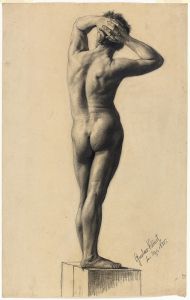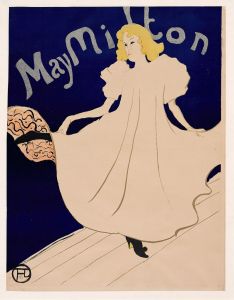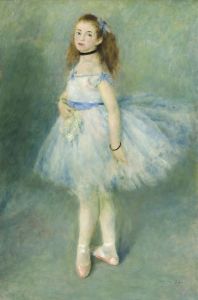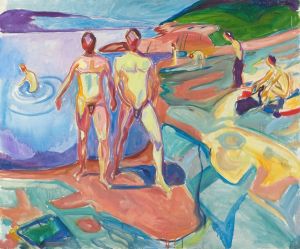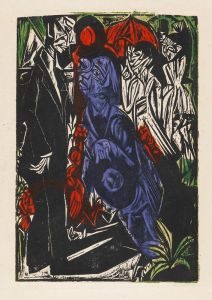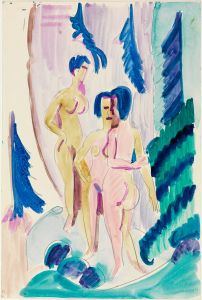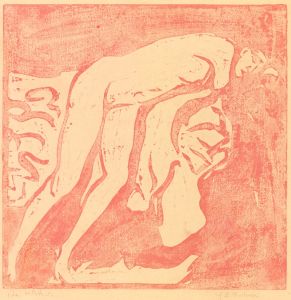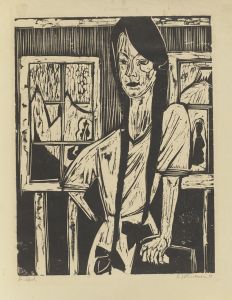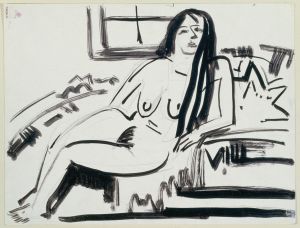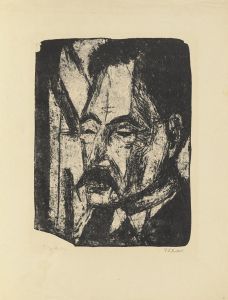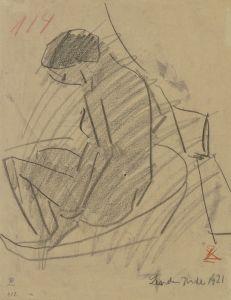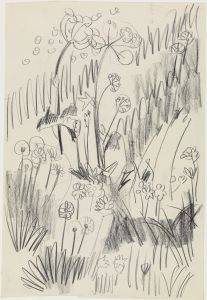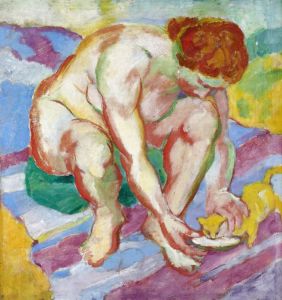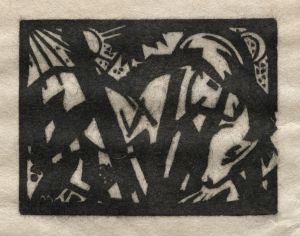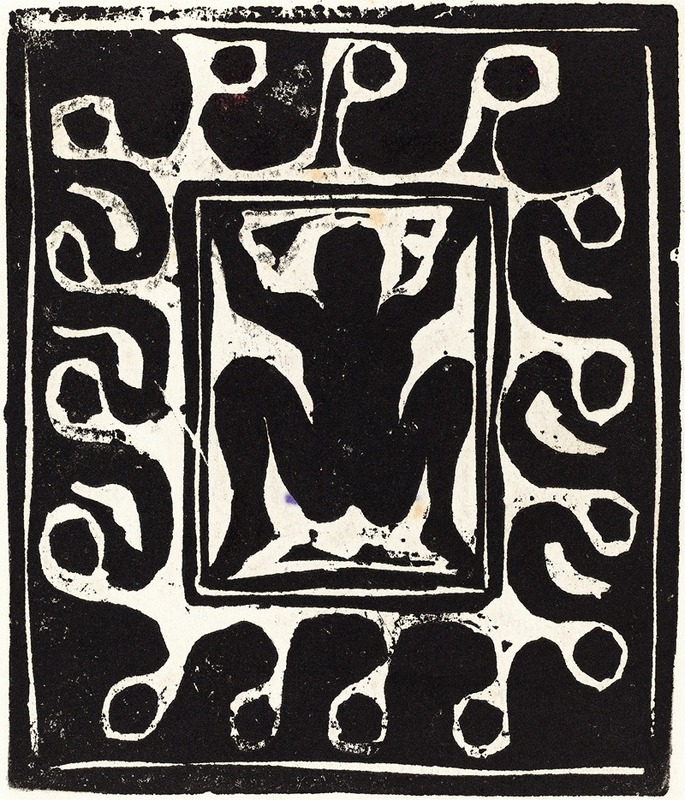
Nude Dancer
A hand-painted replica of Ernst Ludwig Kirchner’s masterpiece Nude Dancer, meticulously crafted by professional artists to capture the true essence of the original. Each piece is created with museum-quality canvas and rare mineral pigments, carefully painted by experienced artists with delicate brushstrokes and rich, layered colors to perfectly recreate the texture of the original artwork. Unlike machine-printed reproductions, this hand-painted version brings the painting to life, infused with the artist’s emotions and skill in every stroke. Whether for personal collection or home decoration, it instantly elevates the artistic atmosphere of any space.
Ernst Ludwig Kirchner's Nude Dancer is a painting created by the German Expressionist artist, who was a founding member of the influential art movement Die Brücke (The Bridge). Kirchner, born in 1880, was known for his bold use of color, dynamic compositions, and exploration of modern life, often focusing on themes of urbanity, movement, and the human form. His works are characterized by their emotional intensity and a distinctive style that broke away from traditional academic art.
Nude Dancer exemplifies Kirchner's interest in the human figure, particularly in motion. The painting depicts a nude female dancer, rendered with angular, elongated forms and vibrant, non-naturalistic colors. These stylistic choices reflect the influence of both non-Western art, such as African and Oceanic sculpture, and the modernist movements of the early 20th century. Kirchner's approach to the human body often emphasized its expressiveness rather than anatomical accuracy, aligning with the Expressionist goal of conveying inner emotions and psychological states.
The subject of the nude dancer reflects Kirchner's fascination with performance and the bohemian lifestyle of early 20th-century Berlin. During this period, he frequently depicted dancers, cabaret performers, and other figures from the city's nightlife. These works often explore themes of sensuality, vitality, and the dynamic energy of modern urban life. The dancer's pose in Nude Dancer suggests movement and rhythm, capturing a fleeting moment of performance.
Kirchner's work was deeply influenced by the cultural and social changes of his time, as well as his personal experiences. However, his career was disrupted by the outbreak of World War I, during which he served in the military and later suffered a mental breakdown. His art was also targeted by the Nazi regime, which labeled it as "degenerate" and confiscated many of his works. Despite these challenges, Kirchner's contributions to modern art remain significant, and his works are celebrated for their innovative style and emotional depth.
The exact date of creation for Nude Dancer is not definitively documented, but it is consistent with Kirchner's works from the 1910s and 1920s, a period when he was actively exploring themes of movement and the human figure. Today, the painting is recognized as an important example of Kirchner's Expressionist style and his ability to capture the vitality of the human form.





